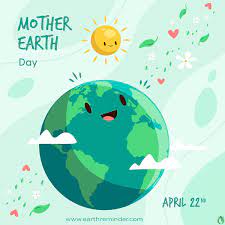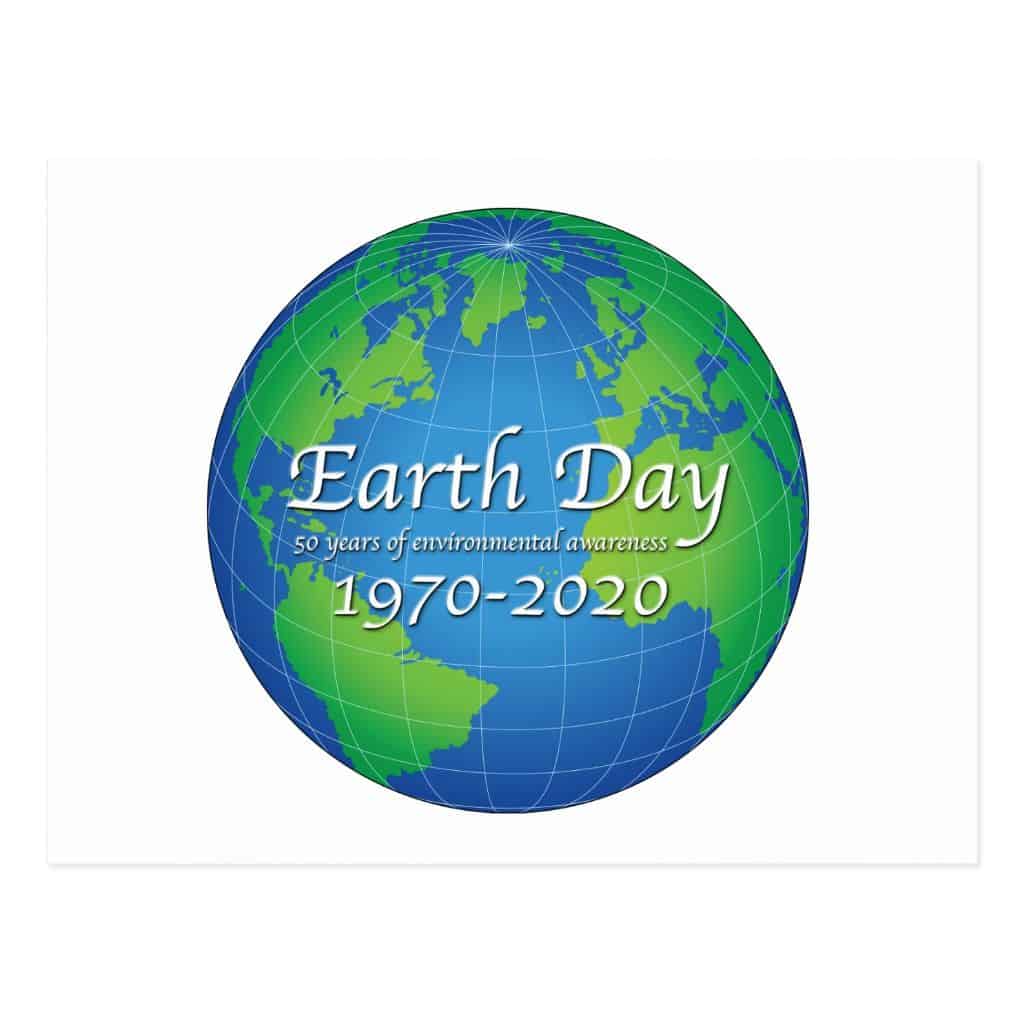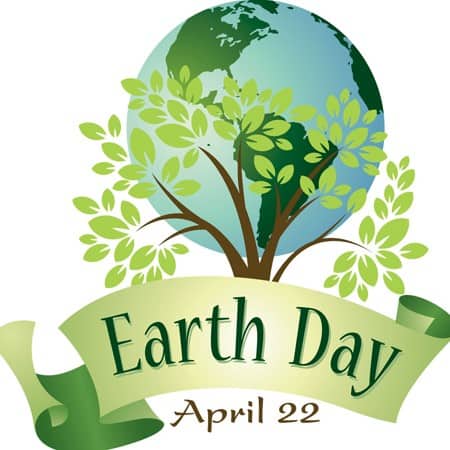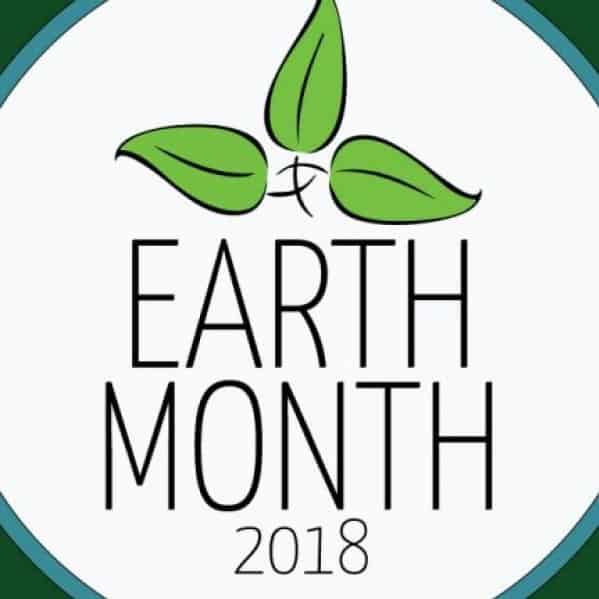How much do you know about our Mother Earth – the species, the resources and the threats? The Earth Day webpage has a series of quizzes you can take to gauge your level of knowledge. I know I’m not an expert – by any means – but I did think I had a fairContinue reading “Happy Earth Day 2021!”
Category Archives: Earth Day
50th Anniversary of Earth Day!
Happy 50th Anniversary, Earth Day!! Climate Action is the theme for Earth Day 2020! Most of us know about Earth Day/Earth Month, and many are concerned about the impact society has on our planet Earth. The Earth Day Network wants to”build the world’s largest environmental movement.” Their webpage says: Earth Day Network’s missionContinue reading “50th Anniversary of Earth Day!”
Earth Month 2019 – Protect Our Species!
Earth Month 2019 Protect Our Species! Happy Earth Day! April 22nd marks the anniversary of the birth of the modern environmental movement While the Viet Nam war raged, the last Beatles album was recorded and Simon & Garfunkel released Bridge Over Troubled Water, Rachel Carson’s 1962 bestseller, Silent Spring, was raising awareness about environmental concerns and theContinue reading “Earth Month 2019 – Protect Our Species!”
Earth Day 2018 – End Plastic Pollution!
Happy Earth Month® 2018!! Plastic Pollution! This is the 48th anniversary of Earth Month® and the theme this year is Plastic Pollution. For the purposes of this blog, I’m only going to focus on marine plastic pollution. Learning about all the plastic pollution in our rivers and oceans is quite depressing and aContinue reading “Earth Day 2018 – End Plastic Pollution!”
Happy Earth Day!!
HAPPY EARTH DAY!! You’ve no doubt heard about all the ways to “green” your home – energy audits, the correct light bulbs for the particular purpose, programmable thermostats, etc., but have you thought about what a brand-new green home might look like? Straw bale homes? Earth-sheltered? Concrete? Are you ready to be Chthonic? The definitionContinue reading “Happy Earth Day!!”
Happy 45th Anniversary, Earth Day!!
Happy Earth Day! April 22, 1970 was the first Earth Day. Founded by Senator Gaylord Nelson, WI, it brought the environment to the forefront of awareness – on both personal and political levels. It also led to the formation of the Environmental Protection Agency. In 1990, Earth Day went global, with 5,000 environmental groups inContinue reading “Happy 45th Anniversary, Earth Day!!”



